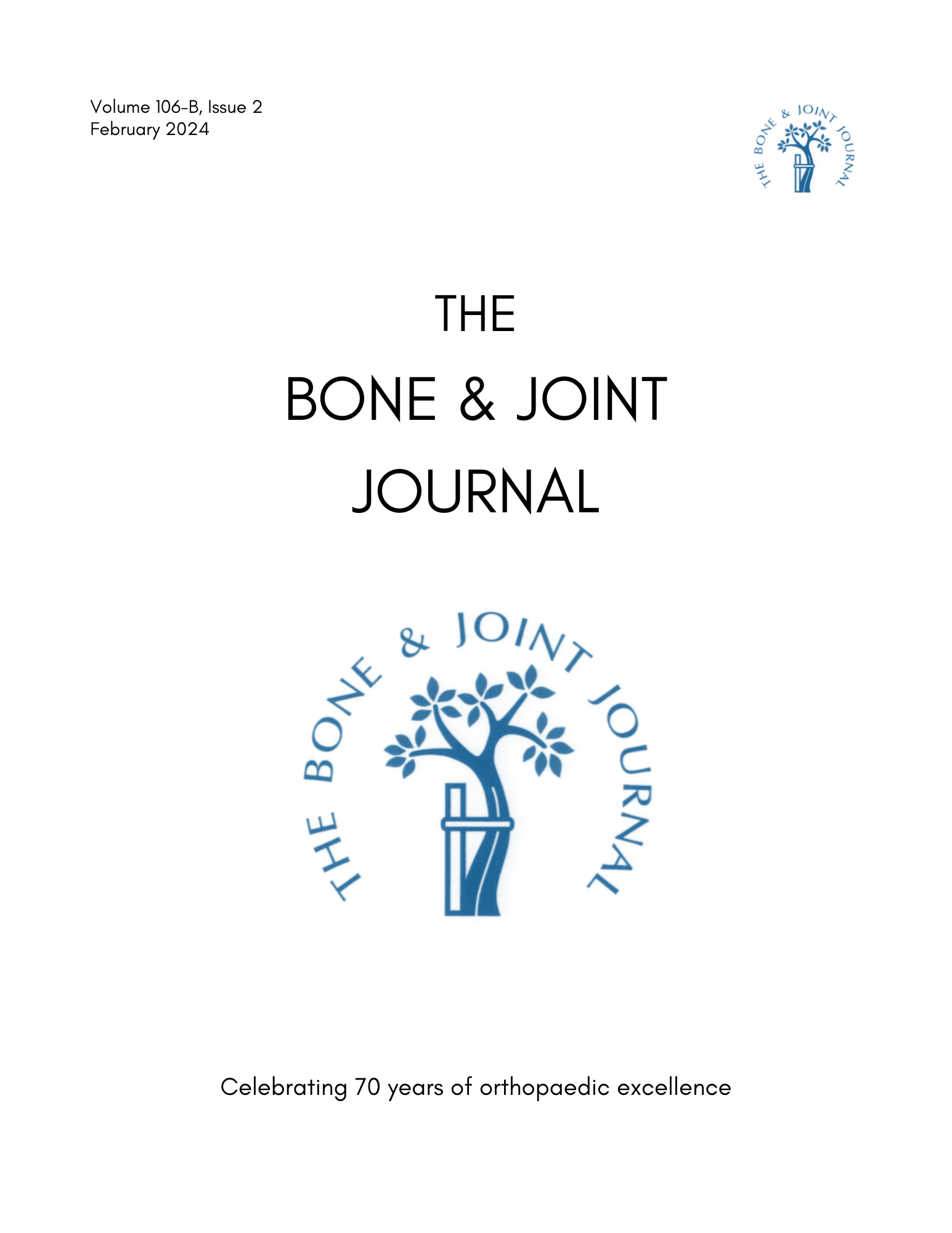
Kinematic Alignment Better Aligns The Tibial Joint Line In Single Leg Stance

Kinematic Alignment Better Aligns The Tibial Joint Line In Single Leg Stance
Kinematic alignment achieves a tibial joint line angle that is more parallel to the floor in single-leg stance than mechanical alignment : a radiological analysis of a randomized controlled trial.
Bone Joint J . 2025 Apr 1;107-B(4):413-422.Synopsis
Ninety-five patients with knee osteoarthritis were randomized to receive either kinematic alignment total knee arthroplasty (TKA) (n=46) or mechanical alignment TKA (n=49). The primary outcome was the mean difference in tibial joint line angle (TJLA) in single-leg stance between the two groups. Secondary outcomes included TJLA differences based on constitutional joint line obliquity (JLO), the pr...
To view the full content, login to your account,
or start your 30-day FREE Trial today.
FREE TRIAL
LOGIN
Forgot Password?
Explore some of our unlocked ACE Reports below!

Learn about our AI Driven
High Impact Search Feature
Our AI driven High Impact metric calculates the impact an article will have by considering both the publishing journal and the content of the article itself. Built using the latest advances in natural language processing, OE High Impact predicts an article’s future number of citations better than impact factor alone.
Continue



 LOGIN
LOGIN

Join the Conversation
Please Login or Join to leave comments.